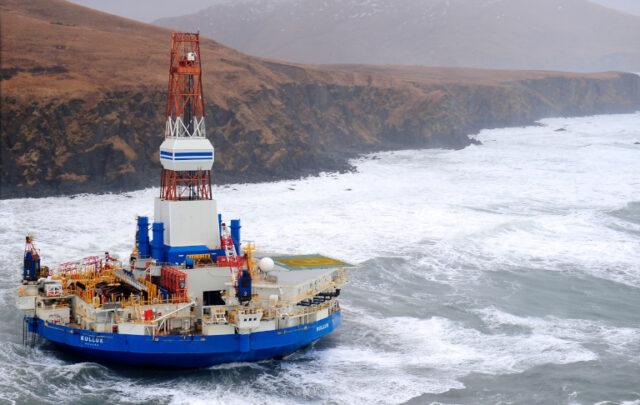 Two interesting reports have been published recently, Energy Trends from the DTI updated with 2005 Quarter 2 data and Winter Outlook Report 2005/06 from Ofgem. These two reports contain a wealth of data on the UK energy market past, present and looking forward to the winter. However I am less impressed with the analysis and conclusions drawn from the data. This is part two of the article and discusses the Energy Trends report, in part one I discussed the Winter Outlook Report here: UK Energy Part 1: The Winter Outlook.
Two interesting reports have been published recently, Energy Trends from the DTI updated with 2005 Quarter 2 data and Winter Outlook Report 2005/06 from Ofgem. These two reports contain a wealth of data on the UK energy market past, present and looking forward to the winter. However I am less impressed with the analysis and conclusions drawn from the data. This is part two of the article and discusses the Energy Trends report, in part one I discussed the Winter Outlook Report here: UK Energy Part 1: The Winter Outlook.
The report covers energy as a whole and by individual fuel types. These are some of the main points for the second quarter of 2005.
- Total energy production was 7½ per cent lower than in the second quarter of 2004.
- Oil production fell by 10 per cent compared to the second quarter of 2004 as production from older established fields continued to decline.
- Gas production was 5½ per cent lower compared with the second quarter of 2004. Gas imports increased by 53½ per cent while gas exports declined by 26½ per cent. The UK was a net exporter of gas in the second quarter of 2005, albeit 74½ per cent lower than in 2004. Gas demand was 2 per cent higher than a year earlier.
- Coal production was 20 per cent lower than a year earlier. Coal imports were 20 per cent higher and at a new record level. Generators’ demand for coal was up 6½ per cent.
- Allowing for calendar differences, coal supplied ½ per cent more electricity than in the same period a year earlier, while gas supplied 4½ per cent less. Nuclear supplied ½ per cent more. Net imports of electricity were 20 per cent higher than a year earlier.
Is it clear from this overview that the UK is rapidly losing its energy island status, the shift in gas being particularly pronounced. Not only does this represent a real energy security problem moving forwards but also an economic problem as energy imports add to the countries trade deficit.
Coal
Coal production has fallen sharply with further deep mine closures and “continuing geological and operational difficulties” reducing production at other mines. This production decrease has been met with increased imports.
As we saw in UK Energy: The Winter Outlook reduced gas use for electricity generation is the key to managing gas shortages this winter. This drop in gas fired electricity will need to be met through increased coal burn however coal stocks do not look in a fit state to cater for significant increased coal fired electricity generation having fallen for the last three years.

Oil
The collapse of North Sea oil is no secret with extraction in the 2nd quarter 10.1% down on the year before. This decrease comes despite eight new fields coming into production.

Natural Gas
The extraction rate of natural gas is also in decline with a fall of 5.3% over the year ending quarter two 2005. The report comments that this trend is likely to continue and become more apparent during the winter months when demand increases.

To illustrate how significant a period we are in regarding gas supplies we only have to look at how imports and exports have shifted over just one year. Imports have risen by 53.6% whilst exports fell by 26.3%. During the last quarter imports accounted for 11.3%, up from 7.6% in 2004.
Energy Island
Until very recently the UK was an energy island, self sufficient in energy. This situation is changing rapidly. Domestic gas, oil and coal extraction rates are all crashing and the nuclear fleet is ageing, soon to be decommissioned. Whilst not impossible to sustain a successful economy and high standard of living on imported energy (see Japan). The rate of change could be devastating to the UK, both in terms of reduced security of supply and the negative effect on the trade deficit.





